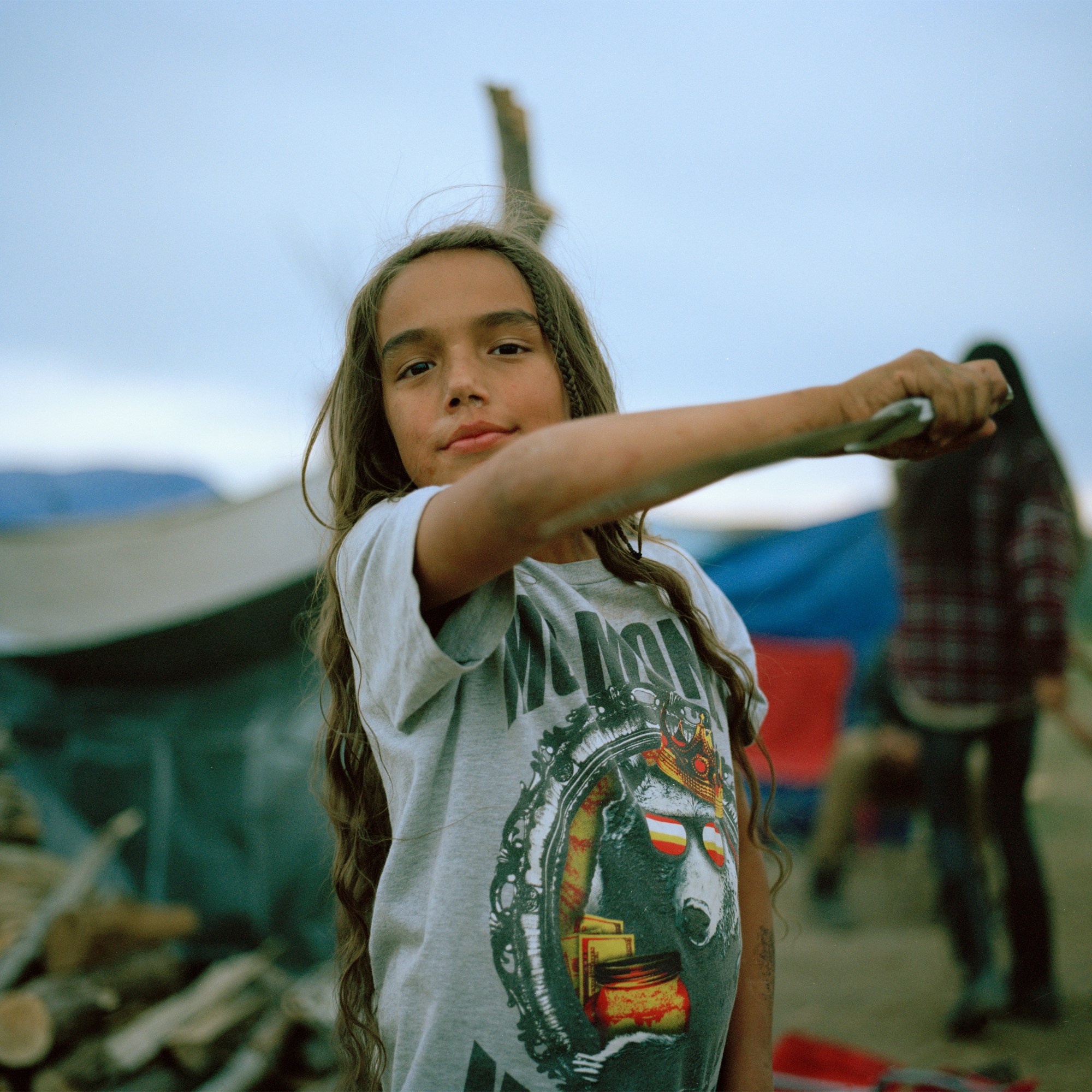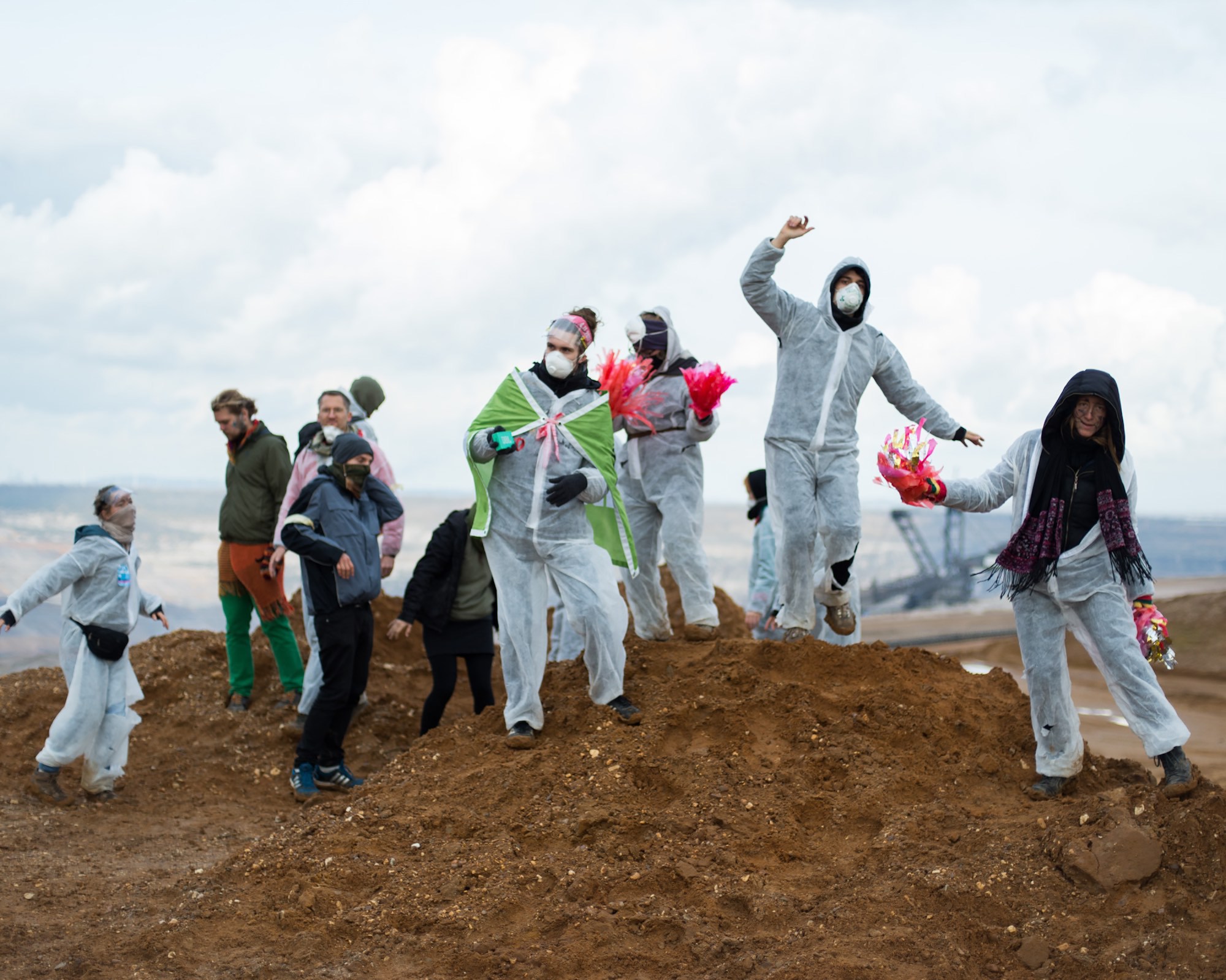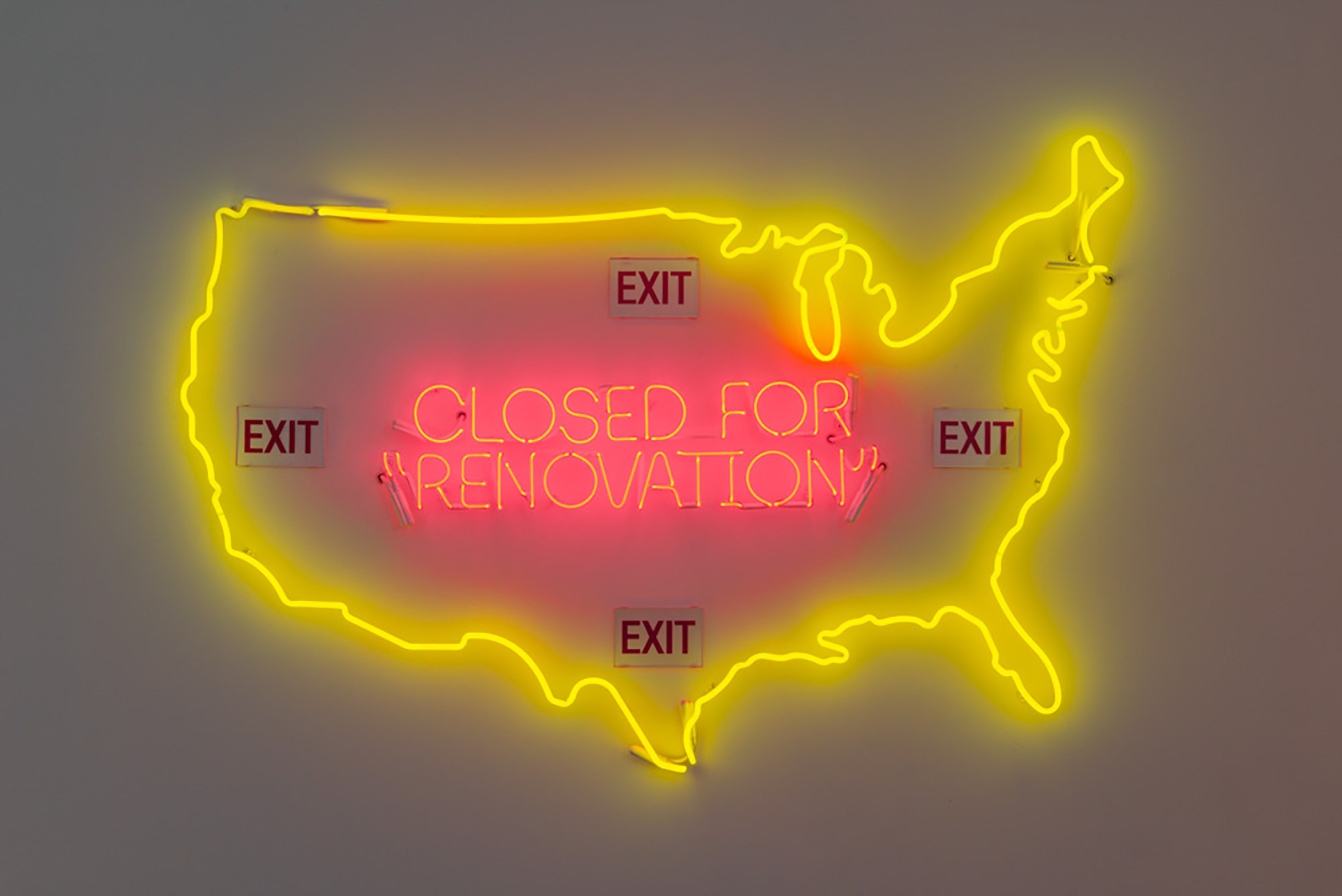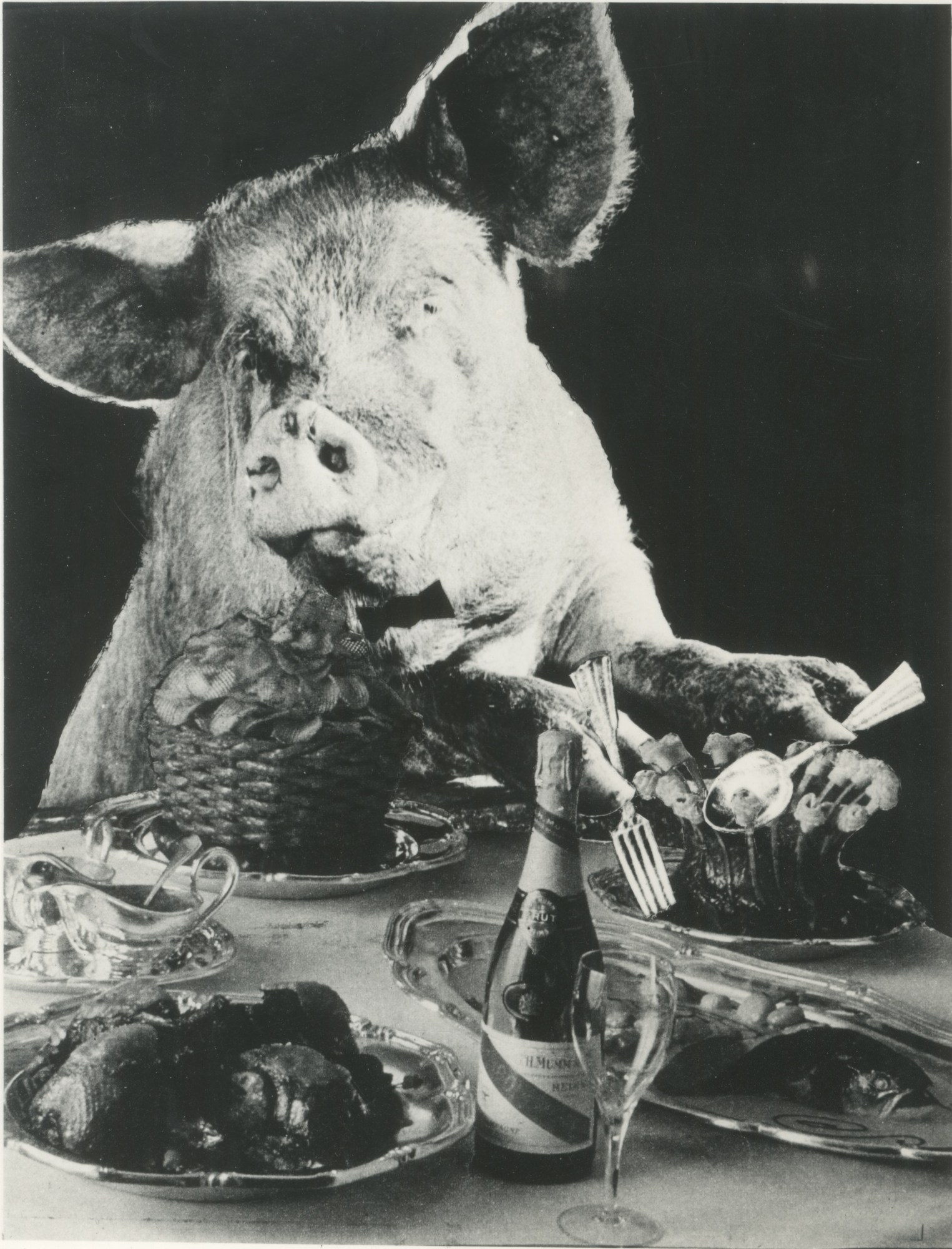“I guess we accidentally launched a magazine.” Rod Stanley is discussing the birth of Good Trouble — the happy accident that popped out kicking and expressive, when activism and creativity made love. With its positive spin on political themes, it describes itself as celebrating “resistance with all its beauty, humour and contradictions, because life is messy and serious business can be fun”. The zine’s content spans the gamut of socially relevant stories — there’s articles on climate change conventions, photos from Standing Rock, interviews with the likes of artist Peter Kennard, and then some. Initially just an online platform, it’s since morphed into a print iteration that you can get in return for a contribution to War Child. As former editor of Dazed, Rod Stanley was well placed to guide Good Trouble from cyberspace into the big wide world of self-publishing. Given his political inclinations, he’s also well placed to curate today’s content selection for i-D’s Peace Week. When asked about why he chose what he did for the day, he says, “I think they’re representative of what Good Trouble is about: Art and creativity as a tool of social change.” On that — and most things, really — we see eye to eye.

Hey Rod. Why did you start Good Trouble?
A few reasons. The idea to do create a publication focused on the crossover between arts and protest had been kicking around for a little while, then the results of the US election in particular focused those thoughts (I live in New York). I had a feeling it was an area of culture that was highly relevant but a bit undercovered, and that there was a way of engaging with serious subject matter but not taking ourselves too seriously.
How do you find the stories and people in it?
I used to work as a magazine editor, but hadn’t done work on one for about five years — turns out it’s a bit like riding a bike. You start looking again, and stories are there. People seem excited to be featured in it. Plus I had a lot of help from friends and former colleagues like Francesca Gavin, Charlie Jones and a bunch of others.

We’re living in trying political times. How can we stay positive and optimistic?
It’s really hard, isn’t it? I don’t know. I do think that getting involved in something, anything, small and local, with likeminded people, makes a big difference. Drink water. Get enough sleep. Quit Facebook and Twitter. I don’t know. It’s tough.
What’s the most effective way to create change?
In many ways, that’s the question Good Trouble is asking, especially with regards to how people can use art, culture and creativity as a tool. Apart from that, well, vote (if you can). Sounds obvious, but millions of people don’t bother. And in the US recently, organised grassroots resistance has made some difference, so protest definitely works. Fuck it, run for office. Why not?

Social media is playing a huge role in a lot of today’s activism — what do you see as its benefits, and limitations?
I don’t know, it feels like a losing battle against bots, trolls and idiots. I feel we would maybe be better off without it at this point, just pulling back and abandoning it as a failed experiment. I left Facebook six years ago. Twitter, I don’t like any more. I spend more time in closed messaging groups. Use it to find people, sure, promote causes or whatever, but once you have, I think it’s better to connect direct — virtually and IRL.
Why was it important for you to make your zine print as well?
At some point I promised I’d make a handful of DIY zines for an event, then my friend, the mad genius Richard Turley, got involved and before we knew it, we’d made 1000 copies of a broadsheet newspaper. Issue 23 was going to be a one-off but it was so well received that we’re going to do another this year, with a bigger print run and actual distribution, rather than selling it online and handing it to people at parties. I guess we accidentally launched a magazine.

Why did you choose the pieces you’ve curated today?
I think they’re representative of what Good Trouble is about: Art and creativity as a tool of social change. Artist Peter Kennard said: “Good Trouble is a really powerful cultural weapon that’s much needed in these dark and weird times, there’s nothing else like it that I know of.” He said it better than I can.
If you could put anything on a billboard outside the White House, what would it be?
Ha. OK, we would affix an a large loudspeaker (bought off eBay?) and link it to an endlessly looping playlist of our favourite Bikini Kill, Aphex Twin and Einstürzende Neubauten tracks.
What does peace mean to you?
Not living in a house being targeted by a large loudspeaker.
